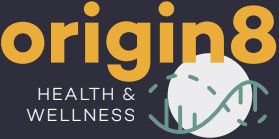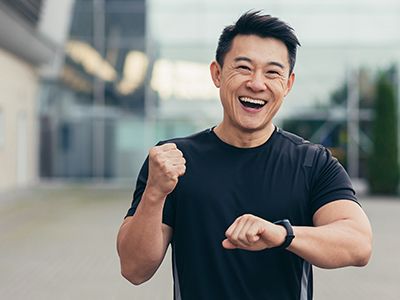The demonstration is to connect how our upper body is impacted by our lower body and vice versa. Due to the amount of stress and tension that was in the upper neck and the cranium, and the fogginess of what’s going on, I would actually check her feet because she’s got a history of some issues with her feet, because the demonstration is to connect, how our upper body is impacted by our lower body and vice versa.
And so a lot of times with low back problems, there’s something called a righting reflex in the upper part of the neck and if the head tilts, then the rest of the body has to change its compensation to correct the upper neck problem. And that can actually correlate to a lot of low back problems to really anything below the area of the problem up here in the upper part of the neck.
So what we’re going to do is go down and check her feet out to see if there’s any correlation to this. So we’re doing a different kind of muscle test. We’re going to push down into the outside. Push out. More down. Yeah, there you go. And now the same thing with this side, the outside, try that again. So as she does that to this side, it goes weak and that’s related to her butt muscle. So we’re going to check the muscle in her side. Turn this in. Pinch it into your side like a penguin.
And so that doesn’t work. Pinch this one in, hold that. And that side does work. Turn your head to this site, hold your head up in the air. That muscle works. Turn your head to that side, hold this up in the air and that side doesn’t. So what we found is there’s a weakness here. There’s a weakness here and there’s a weakness here. And so that actually correlates to a bone in her foot.
It’s a really small bone located down here on the outside of the foot. And when that doesn’t move very properly, that shuts down this whole lateral line and that affects the head and neck. It can also affect that righting reflex.
So when I push on this, is that tender right there? Yes. So we’re going to go ahead and make an adjustment to that cuboid bone and see what happens. Nice solid clunk on that one. Push down to the outside. Now that muscle is strong. Turn to the inside, pinch tightly to your side. Good. Turn your head to that side, lift it up in the air. And now all three of these muscles have turned on because we adjusted a bone in the foot.
Now, this is really important because now when she gets up to leave for the day, that problem is going to shut all this down and her neck problem won’t return almost instantaneously. So we’ve been able to give her a longer-lasting adjustment by correcting the entire problem, as opposed to just where she felt the problem was.



